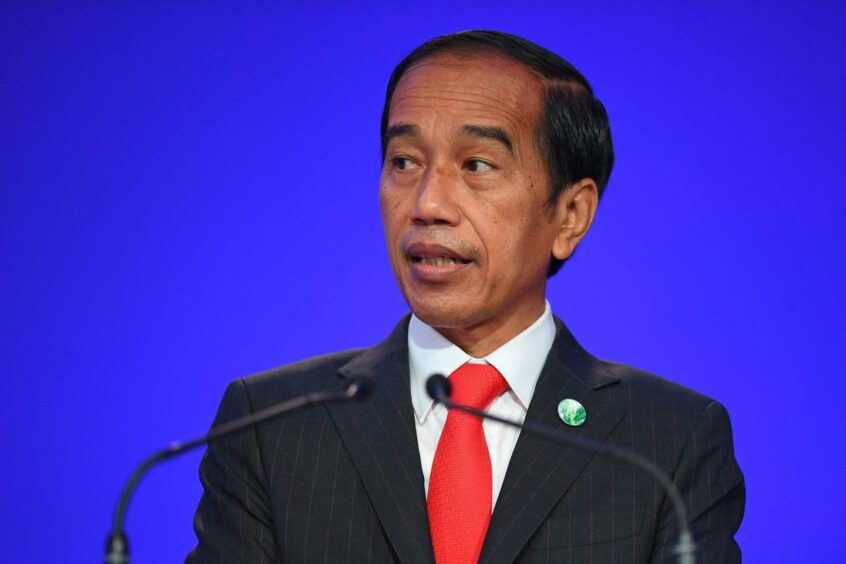
The Indonesian government estimates that $187 billion needs to be invested in its upstream sector to meet its 2030 oil and gas production targets of 1 million barrels per day of oil and 12 billion cubic feet per day of gas. However, this target seems ambitious with major investors seeking to exit Indonesia’s oil and gas sector, unless the government can attract local conglomerates.
In 2020, oil production averaged 743,000 barrels per day, down 7.2% year-on-year and gas output was 63.2 billion cubic metres, down 6.8% year-on-year, data from BP’s Statistical Review of World Energy showed.
“The target of increasing national oil and gas production in 2030 is impossible to achieve if there is no increase in investment. An investment of around $187 billion is needed from 2021 to 2030,” Minister of Energy and Mineral Resources Arifin Tasrif said in a statement earlier this week.
He said that this translates to a yearly investment requirement of about $18 billion per year over the 10-year period. This means there is a large gap as realised investment has been averaging at $10 billion to $11 billion per year.
Arifin warned that increased global crude prices do not necessarily increase upstream oil and gas investment. As international oil companies are shifting their investment focus towards new and renewable energy sectors, making it harder for the oil and gas industry to attract investment.
Moreover, major foreign investors are already exiting Indonesia’s upstream oil and gas sector. The recently announced departure of ConocoPhillips extends the list of global oil and gas companies leaving Indonesia. ConocoPhillips divested its stake in the Corridor Block to local independent Medco Energi. TotalEnergies has already left, and Chevron is seeking to sell its Indonesia Deepwater Development (IDD), while Shell is trying to sell its share of the Masela project, also known as Abadi.
The departure of ConocoPhillips raises a myriad of questions, especially on the investment climate in Indonesia’s oil and gas sector. Pri Agung Rahmanto, an energy and petroleum economist at University Trisakti and founder of the Reforminer Institute, revealed that, over the past decade, the sector has kept getting less and less competitive than those of other countries.
As a result, Indonesia is unable to attract large-scale investments from major international oil companies (IOCs).
“Unfortunately, much of the blame is self-inflicted. Onerous regulations, controlled sales prices, PSC contracts that have not encouraged innovation, and, of course, corruption at all levels make it difficult to justify investing in the Indonesia petroleum sector. This can be reversed. But requires real commitment. Reputation takes a long time to re-establish,” Vivek Chandra, an LNG entrepreneur and chief executive of Texas LNG, said in a Linkedin post discussing the state of Indonesia’s upstream sector.
Peter Cockcroft, a veteran oil man in Southeast Asia, and now an advisor to governments, as well as corporations, suggested the government could make it attractive enough for the local Indonesian conglomerates to participate. “They certainly have the funds,” said Cockcroft.
“But they are unlikely to participate – because of the onerous fiscal terms levied on upstream oil and gas, which are not present in other sectors in Indonesia – such as the additional tax rate, ring fencing, and of course, the 10-15% chance of commercial success for exploration,” he added.
“I suggest that these groups should be the first targets for future investment, rather than the shrinking foreign marketplace,” he said.
Recommended for you

